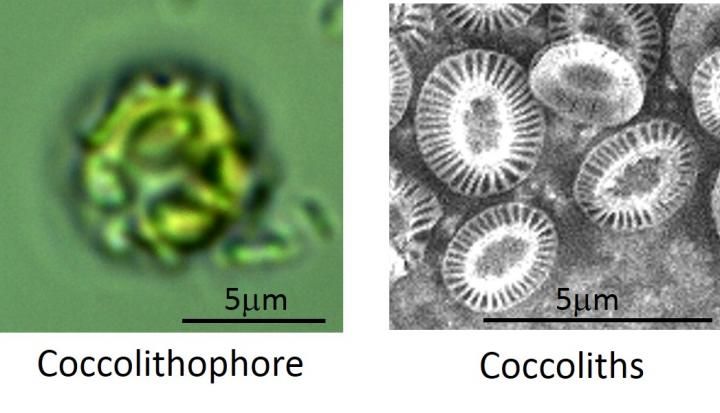Extinction vulnerability during biodiversity crises is unpredictable
Despite the use of AI
Advertisement
Predicting extinction vulnerability during a modern-day biodiversity crisis is a key objective for scientists. One approach is to use evidence from the past to make forecasts for the future. A team of researchers led by William Foster from Hamburg University used fossils from past mass extinctions to see if AI-generated models can accurately predict extinction vulnerability. Despite expectations, this research found that mass extinctions could not be used to generate predictive models for other biodiversity crises, indicating a lack of a common signal. This is because marine communities are constantly evolving and no two mass extinctions are impacting the same marine ecosystem.

Research team uses fossils and AI to investigate whether species extinction can be predicted (symbolic image).
Computer-generated image
In a time of increasing extinction risk, knowing whether we can make predictions about the vulnerabilities of different organisms to extinction is essential. The scale of environmental change currently affecting our planet is unprecedented in human history, and so the best source of evidence we have for comparable environmental change lies in the deep past, accessible via analysis of the fossil record. The sheer volume of information means that evaluating the vulnerability of different species to extinction is complex, but AI models provide a solution to such intensive data science problems , and can be used to identify extinction vulnerability.
Research led by an interdisciplinary team of data scientists and evolutionary biologists has been published in Royal Society Open Science today, doing just that. They created a machine learning model to investigate the extinction vulnerability of marine life during the three most catastrophic mass extinctions, the end-Cretaceous (the one that wiped out the dinosaurs 66 million years ago), end-Triassic (200 million years ago) and end-Permian (252 million years ago) mass extinctions. The researchers found that even though they were able to uncover extinction vulnerability patterns during the mass extinctions, each individual event appears to have had a unique vulnerability signature, which cannot be used to predict extinction selectivity in other past or future events.
Why can’t researchers generate predictive models? There are several factors contributing to this lack of predictability across different extinction events. “Ocean life has constantly been evolving over hundreds of millions of years” says coinvestigator Bethany Allen from ETH Zürich, meaning that marine ecosystems contain different species, and are structured fundamentally differently, prior to each extinction event. In addition, the ways in which an injection of carbon into the atmosphere affects marine ecosystems have evolved too. There are also differences in the species which enter the fossil record over time, particularly compared to those known in the modern-day, which makes drawing comparisons more difficult.
This suggests that large-scale models of extinction vulnerability based on past mass extinctions will not inform us about how to conserve modern-day biodiversity in a crisis. However, there is still hope for developing more sophisticated models, which look at individual groups of animals, or the process and dynamics of ecosystem collapse. “These new results give us the opportunity to look at how we can generate new data that can potentially help us generate predictive models” says William Foster, “we also now have a technique to try and explore extinction vulnerability during our current biodiversity crisis”.




























































